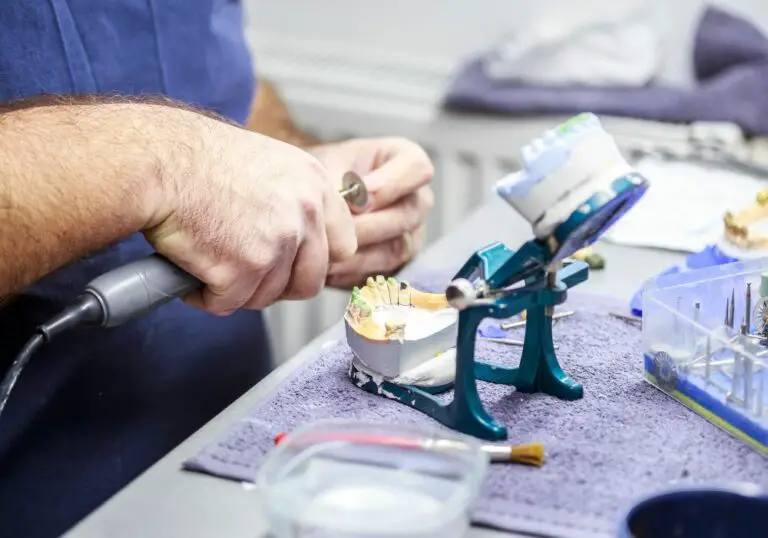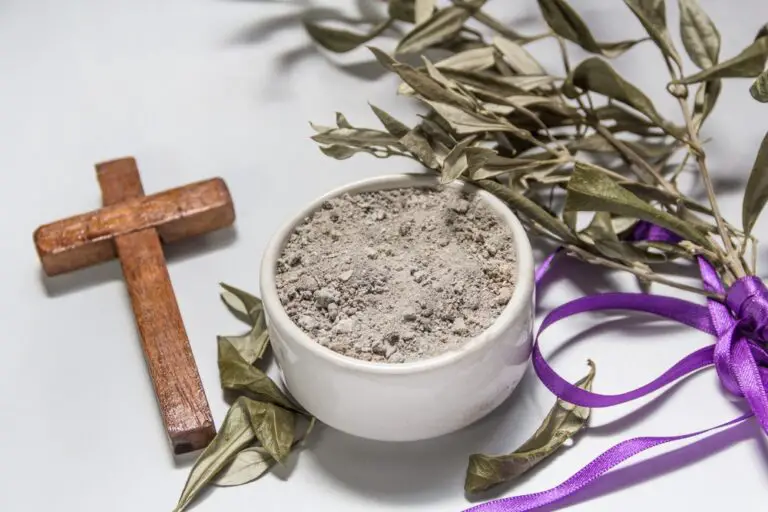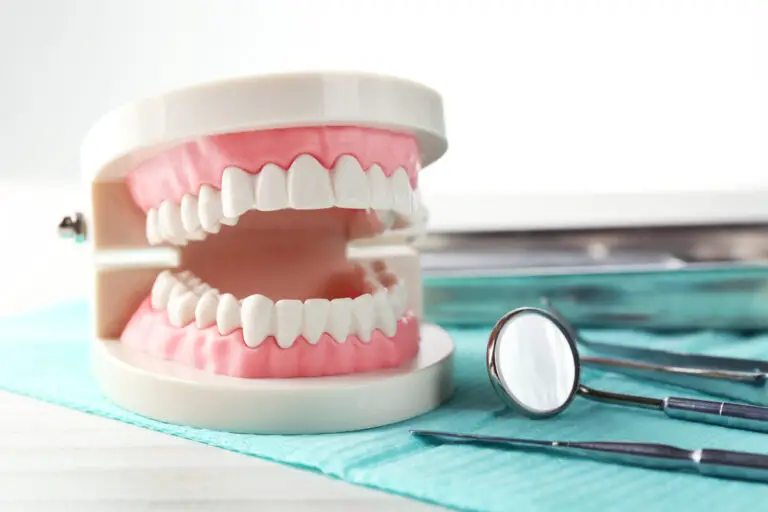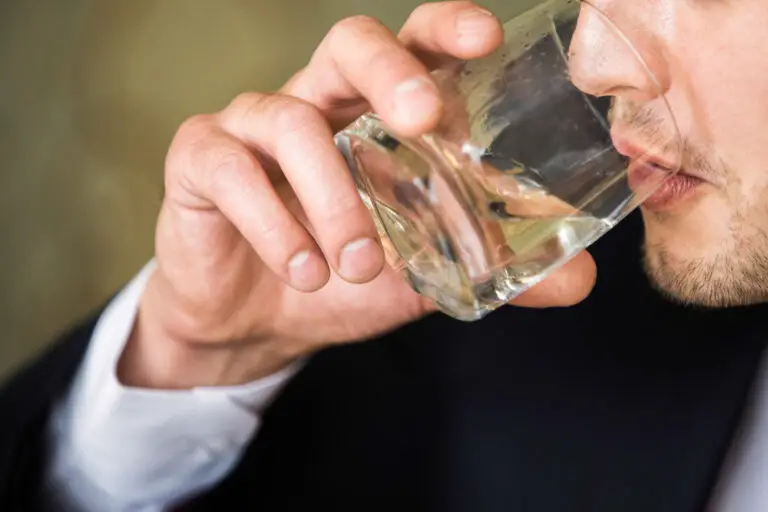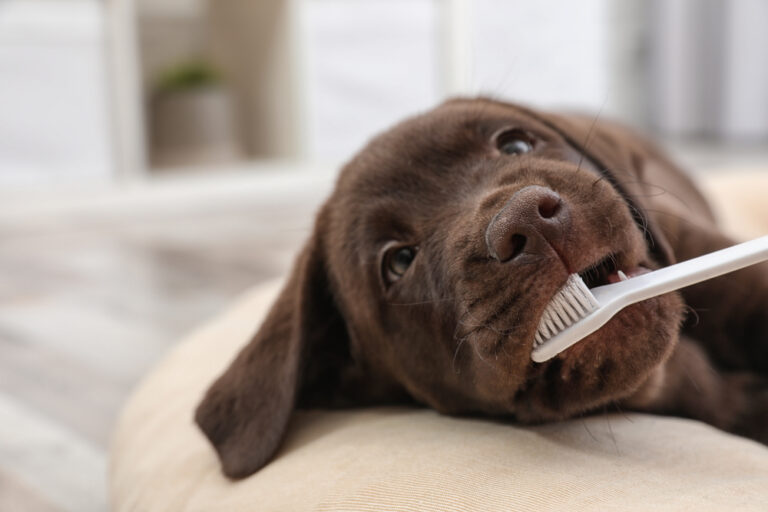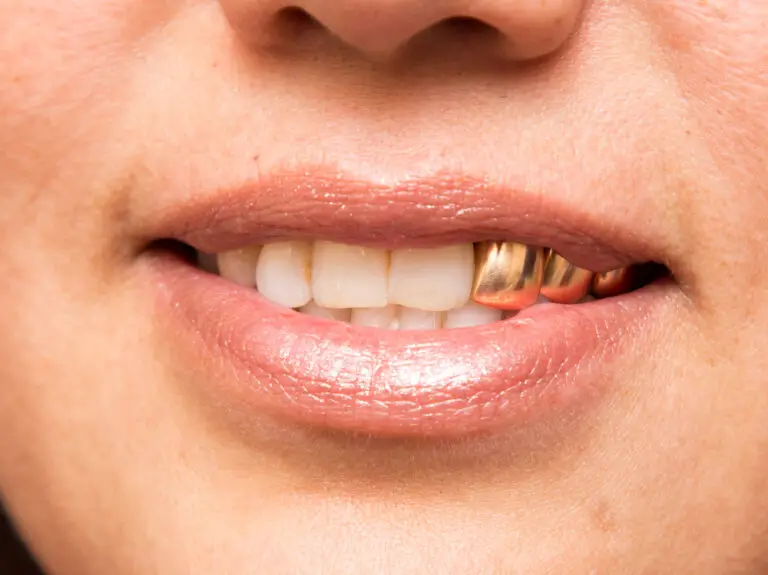After a tooth extraction, you may be wondering when you can eat solid foods again. It’s important to follow the proper guidelines to ensure a quick and smooth recovery. Dentists recommend eating soft foods and drinking liquids for at least 24 hours after tooth extraction. These include milk, yogurt, cereals, cheese, smooth soups, mashed potatoes, beans, fruit smoothies without using a straw, and protein shakes.
Immediately after the tooth extraction, and for the first 24 to 48 hours, you will want to stick with liquids or soft foods. Basically, don’t eat anything that requires you to chew a lot. You should also avoid anything that could get stuck in the extraction site and dislodge the blood clot. In addition, you should avoid hot or spicy foods, as they can irritate the extraction site and cause pain.
Understanding Tooth Extraction
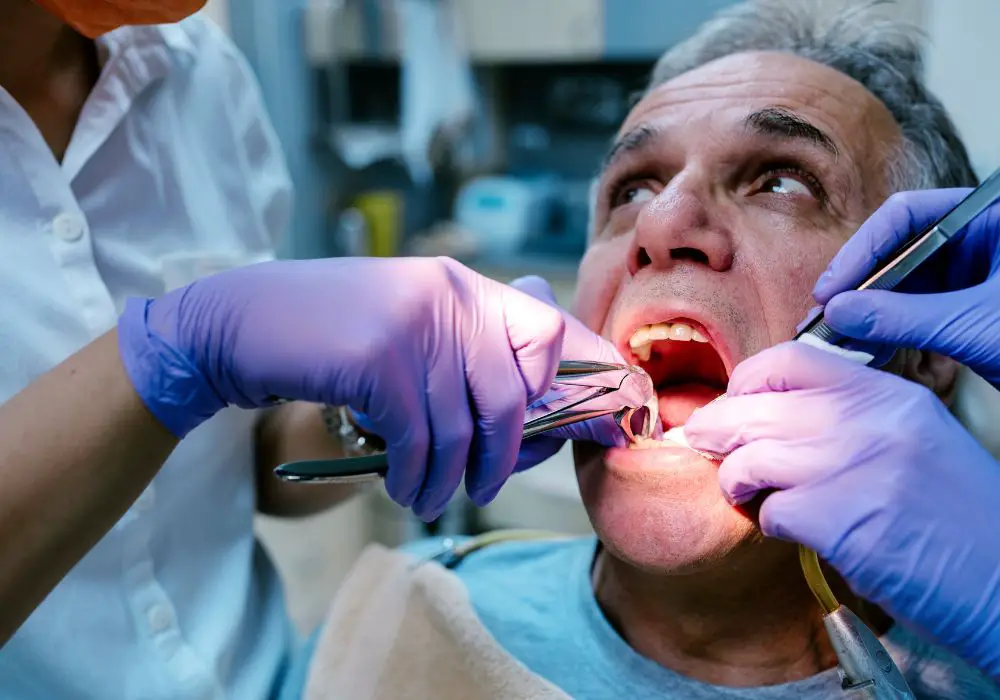
Tooth extraction is a dental procedure that involves removing a tooth from its socket in the jawbone. There are several reasons why a tooth may need to be extracted, including severe decay, gum disease, overcrowding, and trauma. Your dentist will recommend tooth extraction when other treatments, such as fillings, crowns, or root canals, are not possible or have failed.
Before the extraction, your dentist will give you anesthesia to numb the area around the tooth. You may also receive sedation to help you relax during the procedure. Once you are numb and comfortable, your dentist will use specialized tools to loosen the tooth from its socket and remove it.
After the extraction, you will need to take care of the empty socket to promote healing and prevent infection. Your dentist will provide you with specific instructions on how to care for the area, including how to clean it and what to eat.
It is important to follow these instructions carefully to ensure that the area heals properly and to minimize your risk of complications. You may also need to take pain medication and antibiotics to manage any discomfort or infection.
Overall, tooth extraction is a safe and effective procedure that can help improve your dental health and alleviate pain and discomfort. If you have any concerns or questions about the procedure, be sure to talk to your dentist. They can provide you with the information and support you need to feel comfortable and confident throughout the process.
Immediate Post-Extraction Period
After a tooth extraction, it’s important to take care of your mouth to ensure proper healing. The first 24 hours are crucial, and you’ll need to stick to a soft food diet during this time. Here’s what you need to know:
First 24 Hours
Immediately after your tooth extraction, you’ll want to stick to liquids or soft foods. Avoid anything that requires a lot of chewing or could get stuck in the extraction site and dislodge the blood clot. Here are some soft foods and liquids you can eat during the first 24 hours:
- Milk
- Yogurt
- Cereals
- Cheese
- Smooth soups
- Mashed potatoes
- Beans
- Fruit smoothies (without using a straw)
- Protein shakes
It’s important to avoid using a straw during this time, as the suction can dislodge the blood clot and delay the healing process. You should also avoid hot foods and drinks, as they can increase swelling and pain at the extraction site.
In addition to sticking to a soft food diet, you’ll also need to take care of the extraction site. Your dentist or oral surgeon will provide you with gauze to place over the site to help stop any bleeding. You’ll need to keep the gauze in place for the first few hours after the extraction.
After the first 24 hours, you can start to introduce more solid foods back into your diet. However, it’s important to continue to avoid hard, crunchy, or sticky foods that could irritate the extraction site.
Transition to Solid Food
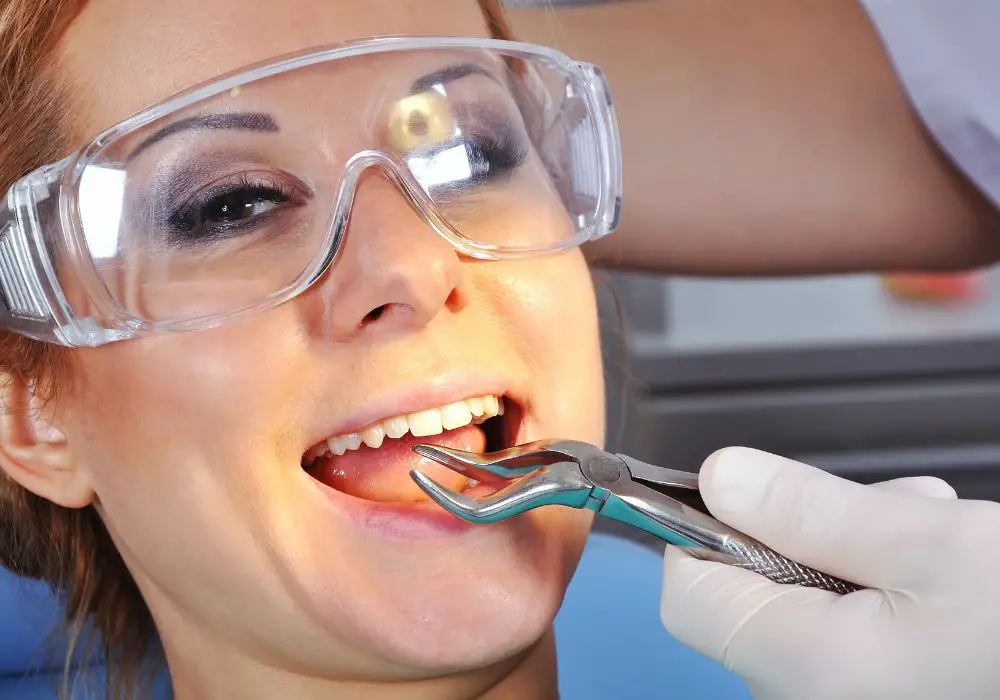
After the initial 24 hours of eating only soft foods and drinking liquids, you may be wondering when it’s safe to transition back to solid foods. Here are some tips to help you make the transition as smooth as possible.
Soft Foods to Start With
When you’re ready to start eating solid foods again, it’s important to start with soft foods that are easy to chew and won’t irritate the extraction site. Here are some soft foods that you can try:
- Scrambled eggs
- Mashed potatoes
- Cooked vegetables (e.g. carrots, green beans)
- Soft fruits (e.g. bananas, peaches)
- Cooked pasta or rice
- Soup (make sure it’s not too hot)
Remember to chew on the opposite side of your mouth from the extraction site to avoid putting pressure on the area.
Signs You’re Ready for Solids
It’s important to listen to your body and pay attention to any discomfort or pain when transitioning to solid foods. Here are some signs that you may be ready to start eating solid foods again:
- You can open your mouth wide enough to take a bite of food without pain or discomfort.
- You can chew your food without pain or discomfort.
- You don’t experience any bleeding or swelling in the extraction site when eating.
If you experience any pain or discomfort while eating solid foods, it’s best to stick with soft foods a little longer and wait until the extraction site has fully healed. Remember to always follow your dentist’s instructions and recommendations for post-extraction care.
Potential Complications
After a tooth extraction, it is important to follow the dentist’s instructions carefully to avoid complications. Some potential complications include dry socket and infection.
Dry Socket
Dry socket is a painful condition that can occur after a tooth extraction. It happens when the blood clot that forms in the socket to protect the bone and nerves is dislodged or dissolves before the wound has fully healed. This can expose the bone and nerves to air, food, and fluids, causing pain and discomfort.
To prevent dry socket, avoid smoking, drinking through a straw, and rinsing your mouth vigorously for at least 24 hours after the extraction. Stick to soft foods and liquids for the first few days, and avoid hard, crunchy, or spicy foods that can irritate the wound.
If you experience severe pain, bad breath, or an unpleasant taste in your mouth after a tooth extraction, contact your dentist immediately. They may prescribe pain medication or recommend a medicated dressing to help alleviate the discomfort.
Infection
Infection is another potential complication after a tooth extraction. It can occur if bacteria enter the wound and cause inflammation, swelling, and pain. Symptoms of infection include fever, chills, redness, and pus or discharge from the wound.
To prevent infection, follow your dentist’s instructions for aftercare, including taking any prescribed antibiotics and keeping the wound clean and dry. Avoid touching the wound with your fingers or tongue, and do not eat or drink anything that is too hot or cold.
If you suspect you have an infection, contact your dentist immediately. They may prescribe a stronger antibiotic or recommend additional treatment to help clear the infection and promote healing.
Maintaining Oral Health Post-Extraction
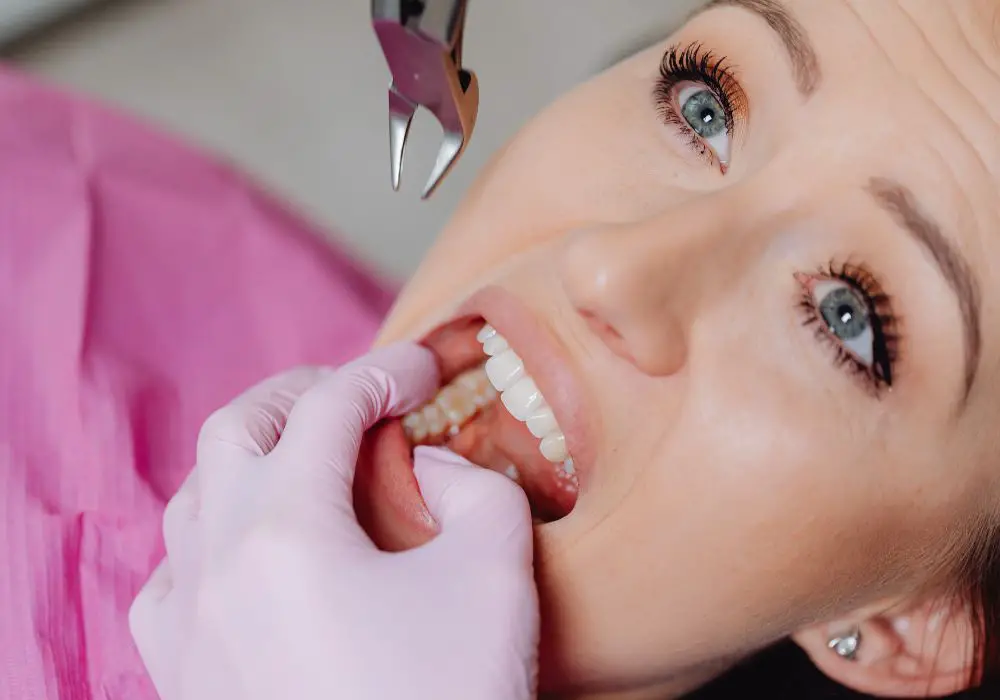
After a tooth extraction, it is essential to take proper care of your mouth to ensure proper healing and prevent complications. Here are some tips to maintain your oral health post-extraction.
Oral Hygiene Practices
It is crucial to maintain good oral hygiene practices after a tooth extraction. Here are some tips to follow:
- Brush your teeth gently twice a day with a soft-bristled toothbrush.
- Avoid brushing the extraction site for the first 24 hours after the procedure.
- After 24 hours, gently brush the extraction site with a soft-bristled toothbrush.
- Rinse your mouth with warm saltwater several times a day to reduce swelling and prevent infection.
- Do not use mouthwash for the first 24 hours after the extraction as it may irritate the wound.
Regular Dental Check-Ups
Regular dental check-ups are crucial after a tooth extraction. Your dentist will monitor your healing progress and ensure that there are no complications. Here are some reasons why you should schedule regular dental check-ups:
- Your dentist can identify any potential issues before they become serious.
- Your dentist can provide professional cleaning and remove any plaque or tartar buildup.
- Your dentist can provide advice on how to maintain good oral hygiene practices.
In conclusion, maintaining good oral hygiene practices and scheduling regular dental check-ups are essential for proper healing and preventing complications after a tooth extraction.
Frequently Asked Questions
What are some soft foods I can eat after tooth extraction?
After tooth extraction, you’ll want to stick to soft foods that are easy to chew and swallow. Some great options include:
- Applesauce
- Yogurt
- Smoothies
- Mashed potatoes
- Scrambled eggs
- Oatmeal
- Soup
When can I start eating solid foods again after tooth extraction?
You can start eating solid foods again a few days after tooth extraction, once the extraction site has fully healed. Dentists recommend taking small bites at a time until the site has fully recovered.
What are some foods I should avoid after tooth extraction?
It’s important to avoid any foods that are too hard or crunchy, as they can disturb the affected area and prolong your healing process. Some foods to avoid include:
- Nuts
- Chips
- Popcorn
- Hard candy
- Steak
- Raw vegetables
How long should I wait before eating hot and spicy foods after tooth extraction?
You should wait at least a week before eating any hot or spicy foods after tooth extraction. These foods can irritate the extraction site and make it more difficult for the area to heal.
What are the symptoms of dry socket and when can I stop worrying about it?
Dry socket is a painful condition that can occur after tooth extraction. Symptoms include severe pain, bad breath, and an unpleasant taste in your mouth. If you experience any of these symptoms, contact your dentist immediately. You can stop worrying about dry socket once your dentist has confirmed that the extraction site is healing properly.
Can I eat french fries after tooth extraction?
It’s best to avoid eating french fries after tooth extraction, as they are often too crunchy and can disturb the affected area. Stick to soft foods that are easy to chew and swallow until the extraction site has fully healed.

